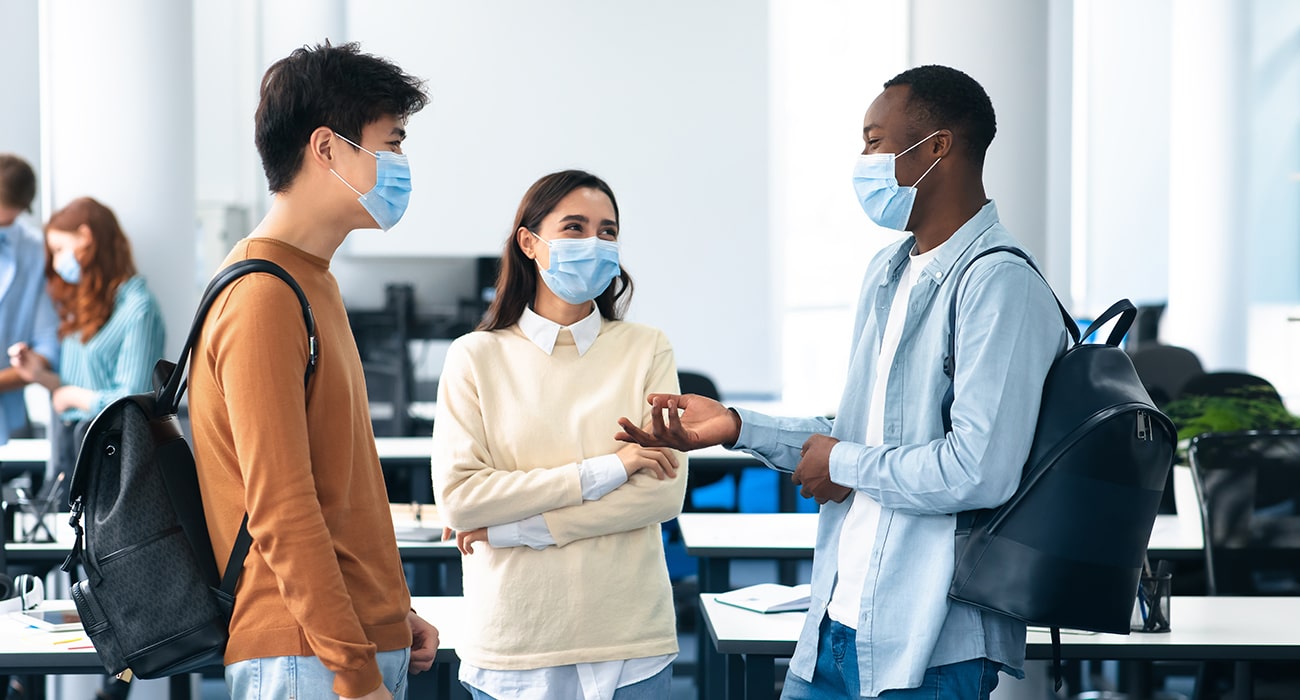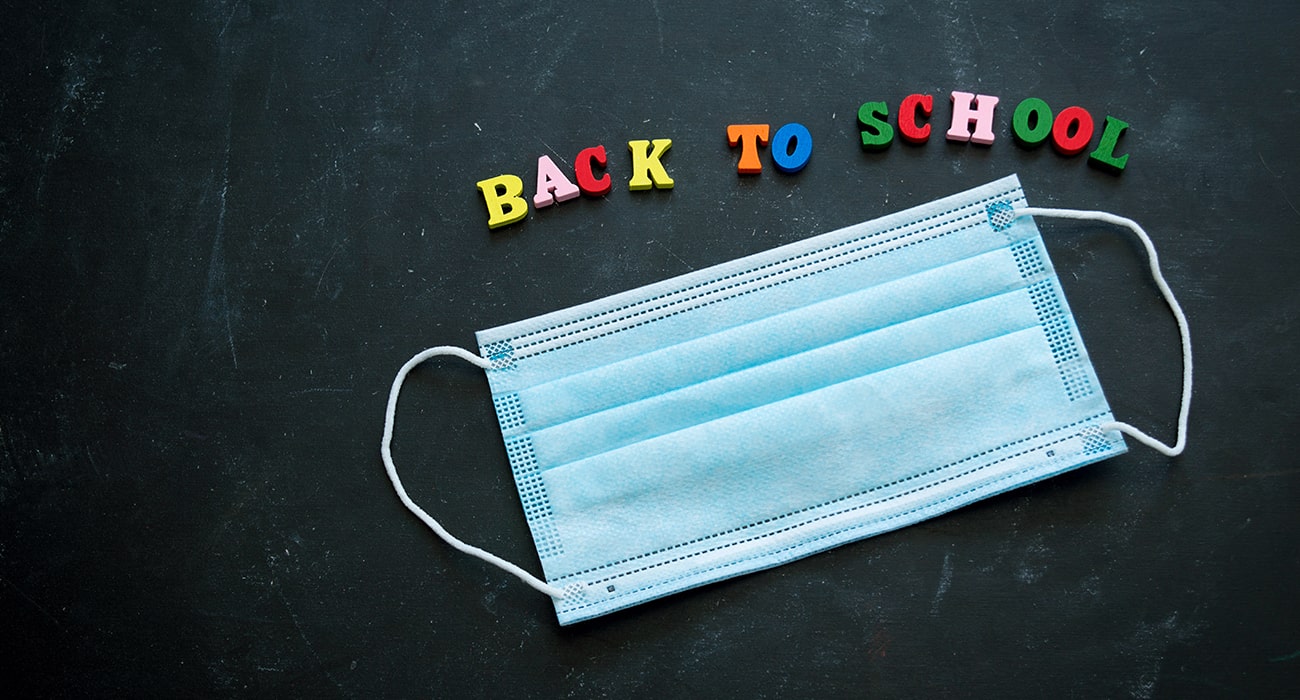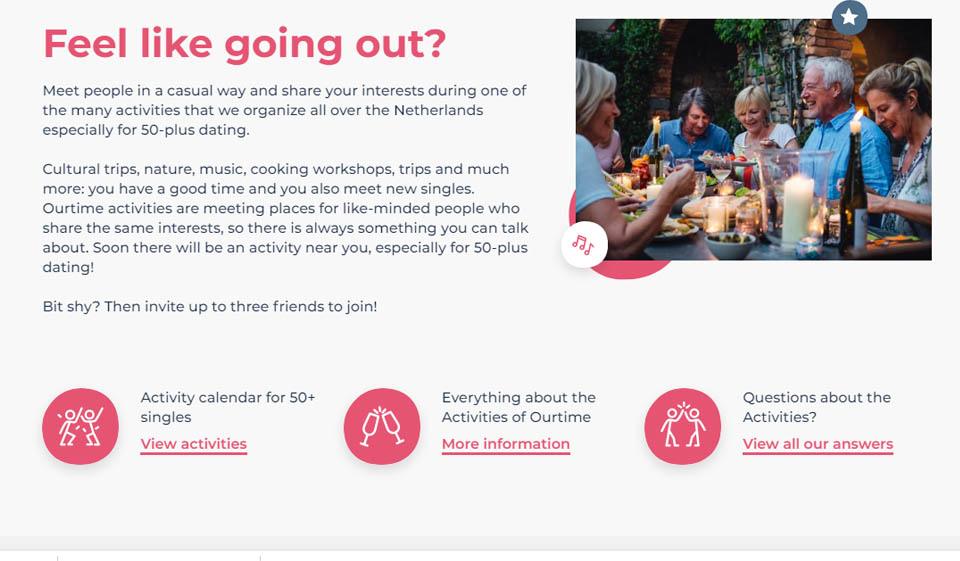
Schools and colleges will open to all students with asymptomatic COVID-19 testing on Monday, March 8. On Monday, March 8, university students enrolled in practical courses will return. The government’s program for relaxing restrictions and recovering from the effects of the coronavirus outbreak prioritises the return of all students.
Due to the enormous and demonstrated impact of being out of school on children and young people’s mental and physical health and welfare, the reopening of educational settings to all is being prioritised.
We’ve beefed up current safety precautions in schools, colleges, and universities by requiring adults and students in grades seven and up to wear face coverings in all indoor locations, including classrooms, as an added precaution.
Which Educational Institutions Will Be Open on March 8?
On Monday, March 8, primary school students, secondary school students, college students, and university students on practical courses who require access to specialised facilities and equipment will all return.
All secondary school and college students will take three COVID-19 tests at current school testing facilities when they return to class on March 8. Schools and institutions will be free to decide how to stagger their students’ returns over that week to allow them to be examined upon their return. Students will be given two fast tests to utilise at home each week after completing an initial program of three trials in school or college.
What about students in higher education who are enrolled in courses that are not practical?
By the end of the Easter breaks, we’ll have a better idea of how to time the return of the remaining students.
All students on campus will continue to have access to twice-weekly testing.
What About Special Schools and Other Forms of Alternative Education?
Vulnerable children and young people, particularly those with Educational Health Care Plans and the children of essential employees, have continued to access special schools, special post-16 providers, and alternative provisions.
As a result, many settings continue to provide face-to-face instruction to the large majority, if not all, of their students and learners.
In line with the general return to face-to-face instruction, we expect students in all year groups to return to class on March 8.
Why are we conducting this research?
According to recent figures, testing in schools and universities is well-established, with more than four million tests conducted since January 4, 2021.
One in every three people who catch the virus has no symptoms and may unknowingly transmit the sickness. Asymptomatic testing will aid in faster identifying positive cases and the breaking of transmission chains. Those who test positive will isolate themselves, reducing the virus’s spread.
Secondary schools and colleges should continue to implement a variety of preventative measures in addition to asymptomatic testing to reduce the risk of illness spread. Although no test is perfect, the speed and ease of Lateral Flow Device tests make it possible to detect the virus in asymptomatic people who would not otherwise check.
What Will the Testing Entail, And Where Will It Take Place?
COVID-19 assessments will be given to the secondary school and college students as soon as they return to class on March 8.
Schools and institutions will be free to decide how to phase their students’ returns throughout that week to allow them to be examined upon their return.
Students will be given two rapid exams to use each after an initial program of three tests in school/college.
Secondary school teachers will also be given test kits to use at home to swab and test themselves twice a week.
To handle the number of students travelling through the exam location at any given time, schools should schedule tests three to five days apart.
Will testing be required, and will informed consent be required?
Testing is optional but strongly recommended. If approval is given, students will be invited to self-swab at the on-site ATS and informed of their results after 30 minutes.
Will Testing Be Able to Prevent Outbreaks?
One-third of those infected with the virus show no signs or symptoms (asymptomatic). They may be unknowingly transmitting the disease. Asymptomatic testing will aid in the faster identification of positive instances.
PCR testing takes much longer to give findings than LFD tests. Staff and students will be tested 3-4 days apart twice a week. They are beginning on Sunday evenings to boost confidence. Those who test positive will subsequently isolate themselves, reducing the virus’s spread.
Extra testing will uncover more positive cases and close connections, resulting in a rise in school absenteeism.
How will we deal with it?
Positive cases and their close contacts must segregate in order to disrupt transmission chains. Regular testing will help to keep everyone safe. Students will be able to engage in remote learning from the comfort of their own homes until they can return to the classroom.
The government’s main aim is to look after it. And will continue to support the development of high-quality remote education, such as the Get Help with Technology program, which has provided over a million laptops and tablets to underserved students and learners.





